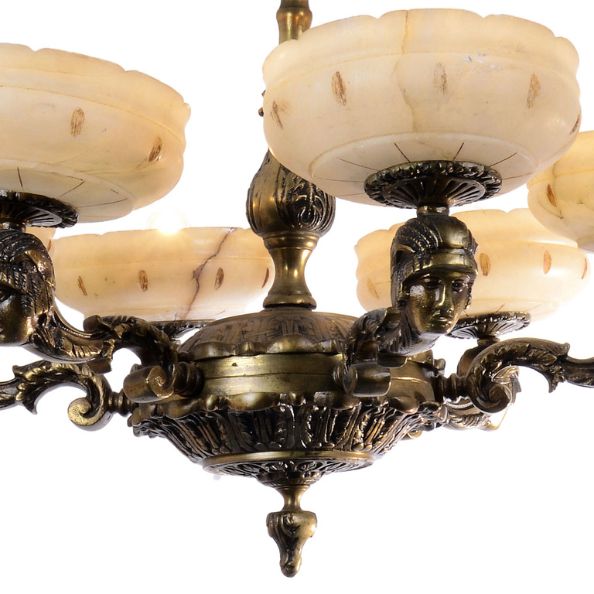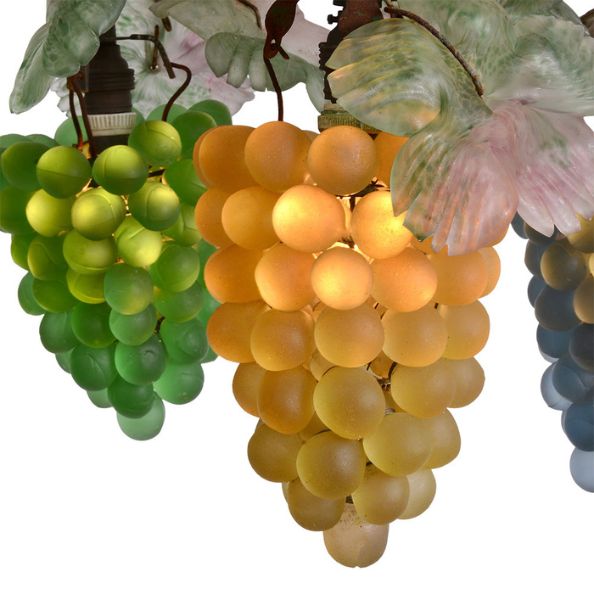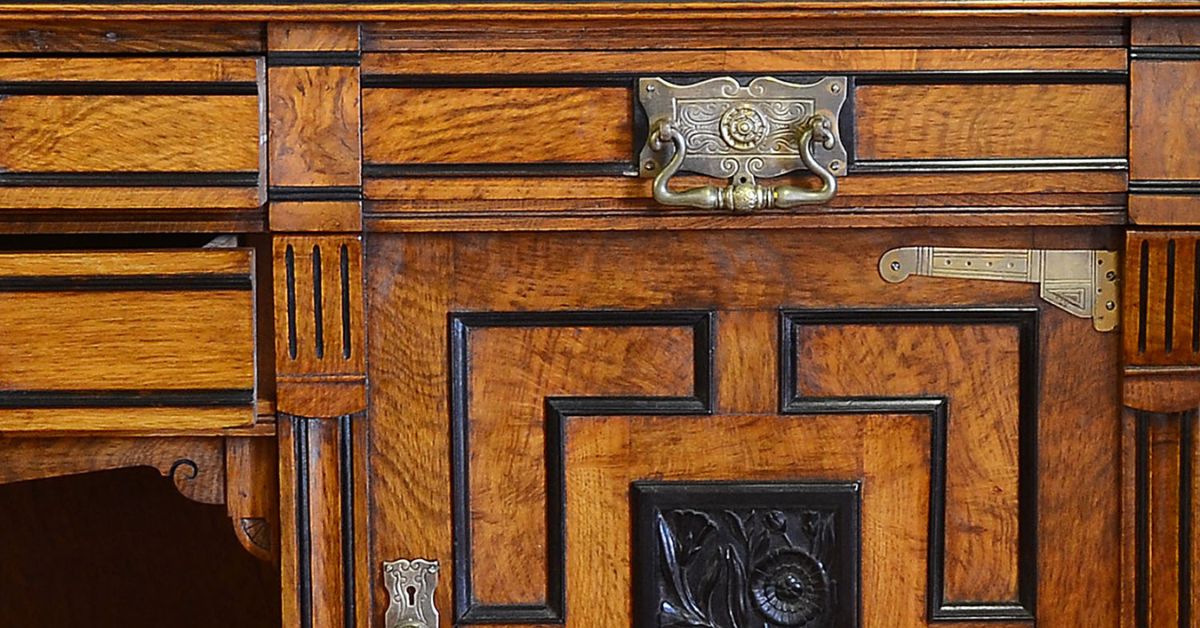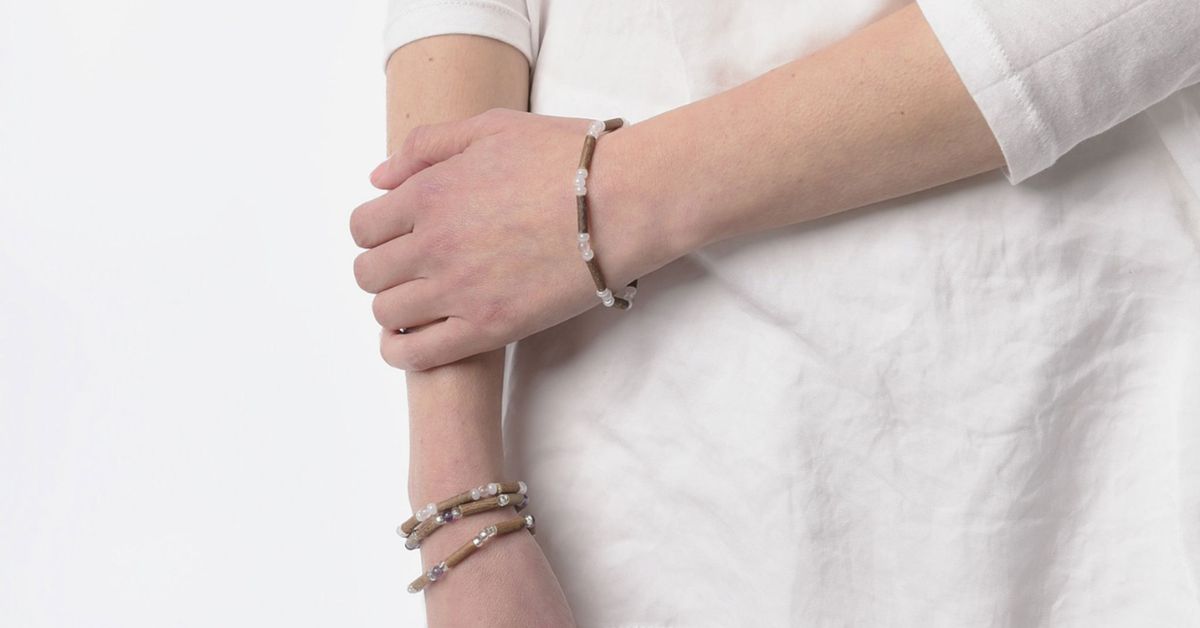A Quick Guide to the History of Chandeliers

The chandelier, a symbol of luxury and elegance, has a rich history that spans centuries. A quick guide to the history of chandeliers explores the evolution of this exquisite piece of functional art.
Early Chandeliers: From Oil Lamps to Candles
Chandeliers made their first appearance in European history as early as the end of the ninth century AD. Initially, these were simple structures known as polycandelons, used in churches, castles, and royal residences. These early chandeliers—typically circular discs of metal with hanging chains that held oil lamps—helped illuminate large spaces.
Dutch Brass Ball Chandeliers
By the 16th and 17th centuries, chandeliers began to appear in the homes of the prosperous. Among these were the Dutch brass ball chandeliers. Arms holding candles in nozzles extended from a central brass ball that reflected their light.
Rock Crystal to Glass
In the same era, Italian craftsmen introduced a luxurious form of chandelier decorated with carved rock crystals. Examples can be seen in the palace at Versailles. The clear, bubble-free Murano glass from Venice soon followed, providing an affordable alternative to rock crystal.
The Effects of the Glass Act in England
The Glass Act, introduced in Great Britain in 1746 during the reign of King George II, had a profound impact on chandelier design. The act taxed raw materials used for glass production, making glass an expensive commodity.
As a result, chandelier designers had to innovate and adapt, leading to the creation of unique designs like the “tent and bag” style. This style is characterized by a “tent” of flat glass pieces, usually cut into a triangular shape, which lead down to a “bag” of cascading glass buttons. These designs were less material-intensive while still providing the desired opulence.
The Advent of Gas and Electricity
The mid-1800s saw the advent of gas chandeliers, sometimes referred to as “gasoliers,” as gas lighting became common in affluent households. The introduction of electricity led to another significant transformation, with electric bulbs replacing candles and gas lights.
Baroque and Rococo Styles in Victorian Times
The opulence of the Victorian, Belle Epoque, and Gilded Age eras was reflected in the intricate designs of Baroque and Rococo Revival-style chandeliers. These grand chandeliers, embellished with rock or lead glass crystals became a symbol of wealth and status.
Electric lighting allowed designers to explore new styles using motifs from nature. Louis Comfort Tiffany introduced chandelier styles that used stained glass in floral designs, echoing pre-Baroque eras, and other designers dove even deeper into history with Egyptian revival styles.
Bauhaus to Mid-Century Modern to Today
In the 20th century, the Bauhaus movement brought about a shift toward simplicity and functionality in design. This was followed by the mid-century modern style, which combined traditional and nontraditional materials to create innovative, abstract designs. Today, chandeliers continue to evolve, with contemporary designs that blend tradition with modern aesthetics.
The history of chandeliers is a fascinating tale of innovation, craftsmanship, and evolving tastes. These timeless pieces of art have illuminated our spaces, from grand palaces to modern homes, adding a touch of elegance and sophistication that transcends time. Find beautiful examples of antique lighting fixtures, from candlesticks to chandeliers, at Solvang Antiques, where our online antique shop boasts an ever-evolving collection of stunning pieces from past eras.



